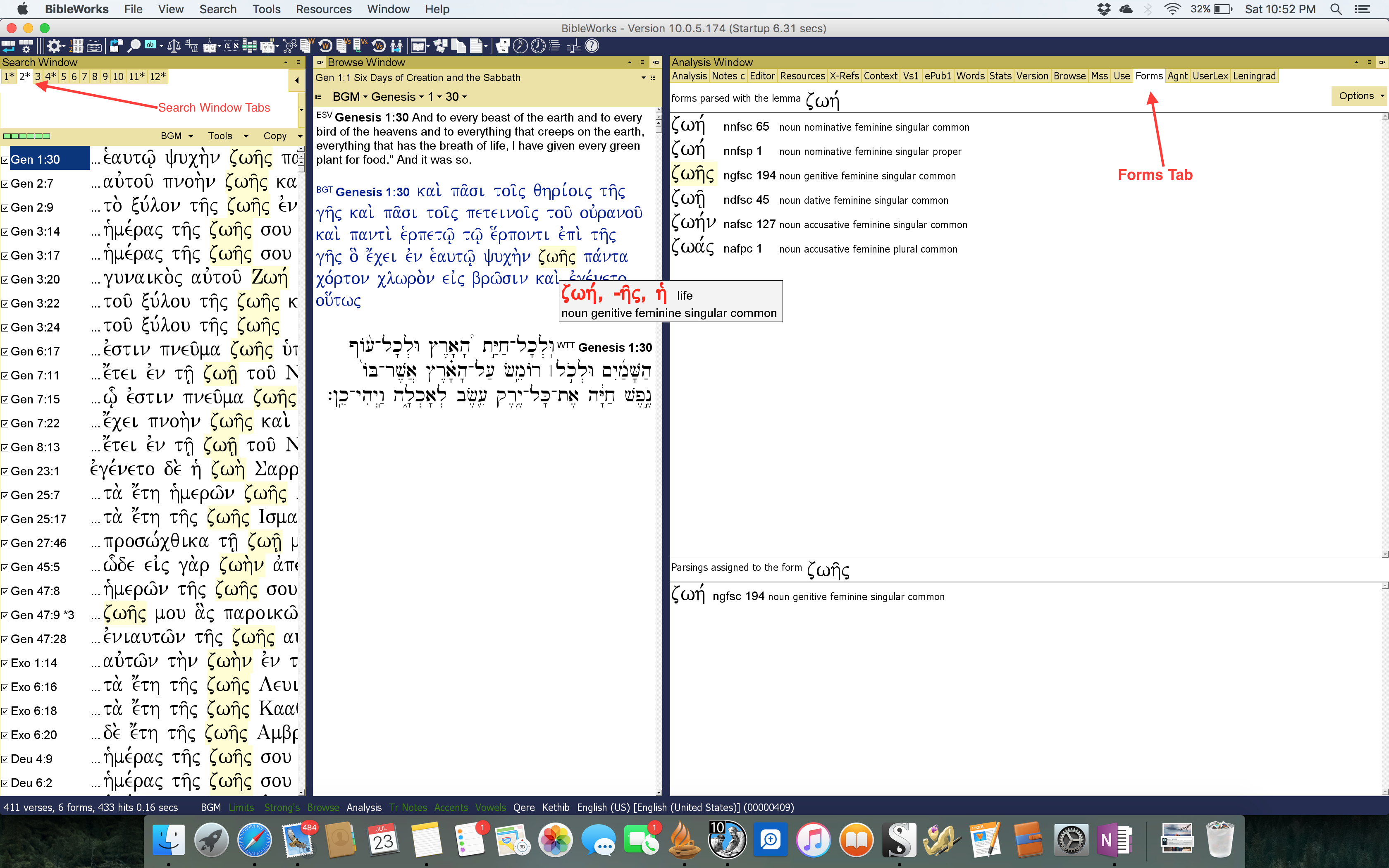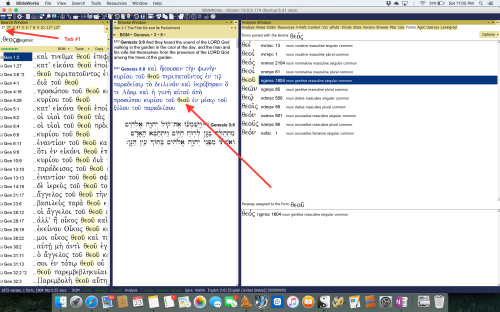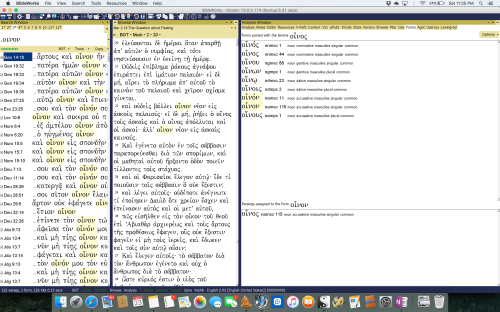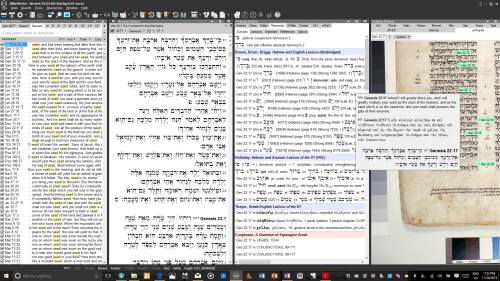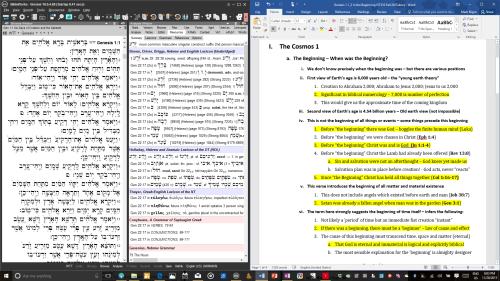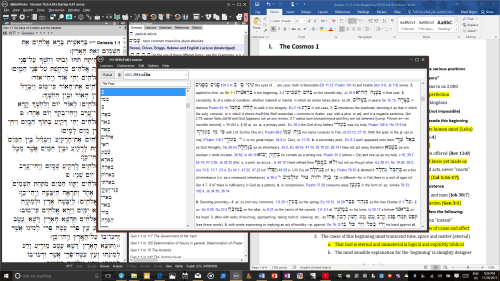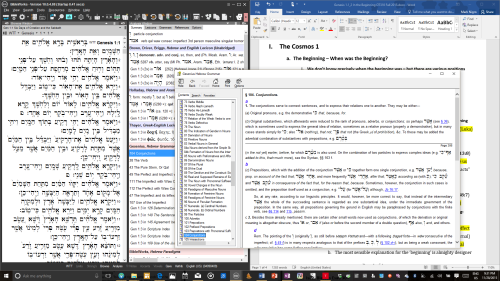 Today I listened to yet another bible teacher lead countless thousands down a path lined with empty promises of prosperity, which have nothing to do with the biblical gospel, and which sadly continue to appeal to the greedy nature of millions that profess faith in Christ. Although he may have been quite sincere and convinced of the message he preached (The mimshach Anointing), sincerity and shouting are not the barometer for truth. His message was carefully crafted and craftily delivered. Seeing how there was no biblical support for nearly anything he said, he did not cite scripture. Instead, he turned to the aid of theatrics to convince the unsuspecting that the same anointing God had given to Lucifer was on Jesus and, is offered to us in the church today. This mimshach anointing is, according to this pastor in question, “intended to expand whatever we do until our success and prosperity reaches foreign lands and people are talking about us. Once understood and applied, this anointing will guarantee us success and we will become number one. Repeat after me, I will be number one!”
Today I listened to yet another bible teacher lead countless thousands down a path lined with empty promises of prosperity, which have nothing to do with the biblical gospel, and which sadly continue to appeal to the greedy nature of millions that profess faith in Christ. Although he may have been quite sincere and convinced of the message he preached (The mimshach Anointing), sincerity and shouting are not the barometer for truth. His message was carefully crafted and craftily delivered. Seeing how there was no biblical support for nearly anything he said, he did not cite scripture. Instead, he turned to the aid of theatrics to convince the unsuspecting that the same anointing God had given to Lucifer was on Jesus and, is offered to us in the church today. This mimshach anointing is, according to this pastor in question, “intended to expand whatever we do until our success and prosperity reaches foreign lands and people are talking about us. Once understood and applied, this anointing will guarantee us success and we will become number one. Repeat after me, I will be number one!”
Those were his words, and I emphasize his, for they are so far removed from the biblical landscape that they could not be reached with a lunar probe. Does his sound like the biblical message to you? That we are to be number one? That others should be talking about us? That our kingdom should expand beyond foreign borders? Or how about just the fact that we have the anointing of Lucifer? That alone should be enough to raise the hair on the back of your neck. But instead of being disturbed as the pastor bounced up and down as if he were on an invisible pogo stick shouting, “I will be number one!” the crowd was overcome from head to toe with goose bumps of excitement at the idea of actually becoming a big shot in this world.
Now think hard before answering this question, how awkward would this pastor’s words sound if put into the mouth of Jesus, or the Apostles? Do you have difficulty imagining it? If you do, that’s good. If you don’t, then you need to start reading your bible a little more and listening to these preachers a little less. Wouldn’t a Christian want others to talk about Jesus, rather than herself, and Jesus to be number one rather than herself, and that God’s kingdom expand rather than her pocketbook? Where is Jesus glorified in this and to what faith, exactly, are people being called?
Anointing in Scripture is always connected to the task God has given to His servant in order to carry out His sovereign will in a particular task or role, and never for the servant’s self-gratification. And we had better well understand the limitations of our “anointing,” for when Saul overstepped his it cost him not just his kingdom but eventually his life also (1 Samuel 13:11-14). Even the Holy Spirit never takes the glory or promotes Himself or puts the attention on himself but always and exclusively exalts and promotes the Son of God (Jn 16:14).
Throwing in a Hebrew word like mimshach (meaning to anoint or spread oil on an object) may seem to add some authenticity to his message about expanding our kingdoms, a message swallowed only by those lacking the tools or the intention (or both) necessary to “test all things,” but in the end this careless misuse and abuse of Biblical words only confirmed the error of the preacher’s Cracker Jack theology. Simply reading Scripture in its context (which these fellows seldom seem to do) would remove all doubt as to the fallacy.
It is amazing to me that there should be any believer who, while having the gift of the Holy Spirit, at the same time would lack the accompanying discernment to see the falsity of these men (their sincerity granted) and their tantalizing doctrines within the prosperity movement. On the other hand, I (we) should not be entirely surprised, for the danger of deception and the reality of false teachers leading believers astray is repeatedly announced in the New Testament from Jesus through the apostles (Mt 7:13-20; Mt 24:4-5, 11, 24; Lk 21:8; Rom 16:18, 1 Cor 15:33; 2 Cor 11:3-13; Gal 2-3; Eph 5:6; 2 Thess 2:3-9; 1 Tim 1:3, 3:6-13; Tit 1:10; 2 Pt 2:1-15; 1 Jn 2:26; 4:1; 2 Jn 7). And seeing how man’s nature tends to go beyond mere survival instinct to outright self-centered covetousness, we might expect that the unbiblical message of the prosperity doctrine would appeal to millions. After all, their call to the multitudes is not one of repentance from sin and self-indulgence, but to turn away from failure and poverty so that we can be prosperous and boisterous. They do not preach the narrow road to life that few find and even fewer are willing to follow (Matt 7:13-14), but the ever widening road to riches which only the uninformed Christian could happily stumble upon and blindly follow.
We do not see Jesus or the Apostles in anyway teaching, or giving the example of a life style that believed the church had an anointing for prosperity. And no one in the early church practiced this ideology or even understood prosperity to be promised to those who are in Christ. On the contrary, the Christian hope has always been anchored in eternity and not in the shifting sand of this passing world (1 Jn 2:15-18). The teaching of Jesus and all of the New Testament is clear and replete with exhortation to a life of simplicity, suffering, self-sacrifice and self-denial. We are told to deny ourselves, pick up our crosses and follow Jesus (Matt 16:24), not to promote ourselves in self-proclaimed exaltation like pastor Chris tells us. Consider these words of Paul to Timothy, and examine the message of these prosperity preachers in light of them, in particular v.v.6-10:
1Tim. 6:3 If anyone teaches a different doctrine and does not agree with the sound words of our Lord Jesus Christ and the teaching that accords with godliness, 4 he is puffed up with conceit and understands nothing. He has an unhealthy craving for controversy and for quarrels about words, which produce envy, dissension, slander, evil suspicions, 5 and constant friction among people who are depraved in mind and deprived of the truth, imagining that godliness is a means of gain. 6 But godliness with contentment is great gain, 7 for we brought nothing into the world, and we cannot take anything out of the world. 8 But if we have food and clothing, with these we will be content. 9 But those who desire to be rich fall into temptation, into a snare, into many senseless and harmful desires that plunge people into ruin and destruction. 10 For the love of money is a root of all kinds of evils. It is through this craving that some have wandered away from the faith and pierced themselves with many pangs.
I could go on and on with Scripture that speaks against both the teachers of such a doctrine and the need for correction to those of an unhealthy attitude towards finances. Please understand that I am not here making an appeal for poverty or stating that material blessing should never happen, or that wealth is inherently evil. But I am saying that God blesses whom he choses with what he chooses, there is no “formula,” and the prosperity doctrine is unbiblical, unsafe and unacceptable. It is abuse of the precious Word of God, and because of this kind of “fleecing of the flock” and shameful disregard for God’s message, the way of truth is maligned exactly as the Apostle Peter said (2 Peter 2). Be sure to read Peter’s words on this, you’ll be shocked at the accuracy of his description to many of today’s tele evangelists. I have much more to say about this subject, but I’ll save it for a future post. For now, if you are still unconvinced there is anything wrong with the prosperity movement, leave your answers to these following questions in a comment on this blog:
- Where in Scripture do we see Jesus either teaching, or living anything remotely close to the prosperity doctrine?
- Where in Scripture do we see any prophet or apostle teaching or living anything remotely close to the prosperity doctrine?
- Where in Scripture do we see any Christian in the early church teaching, encouraging or living anything remotely close to the prosperity doctrine?
Friends, beware of Cracker Jack theology. Test the spirits to see if they are from God (1 Jn 4:1). Test everything and hold fast what is good (1 Thess 5:21).
